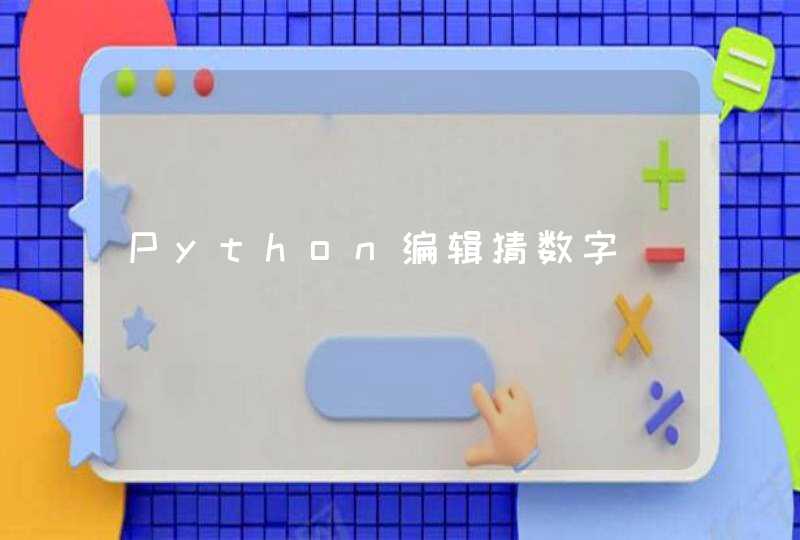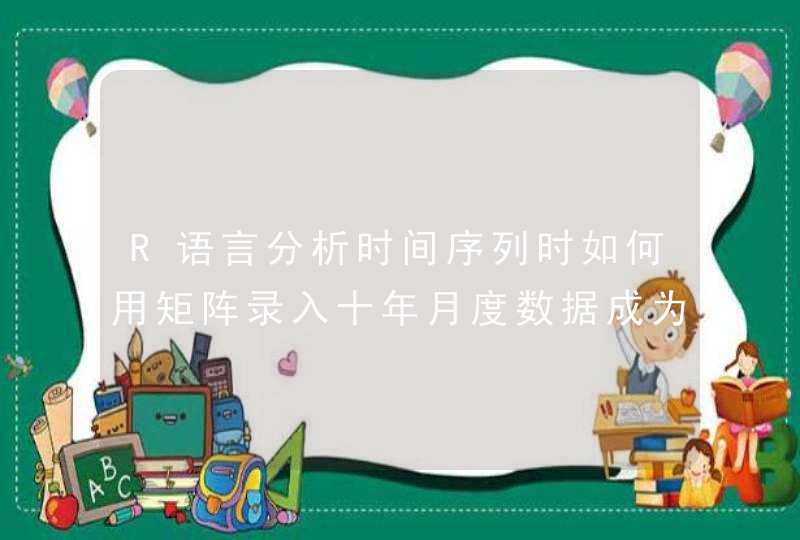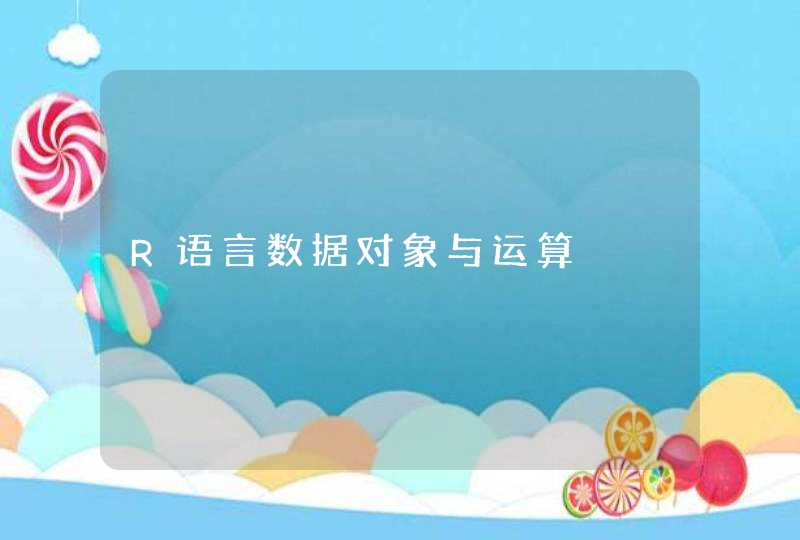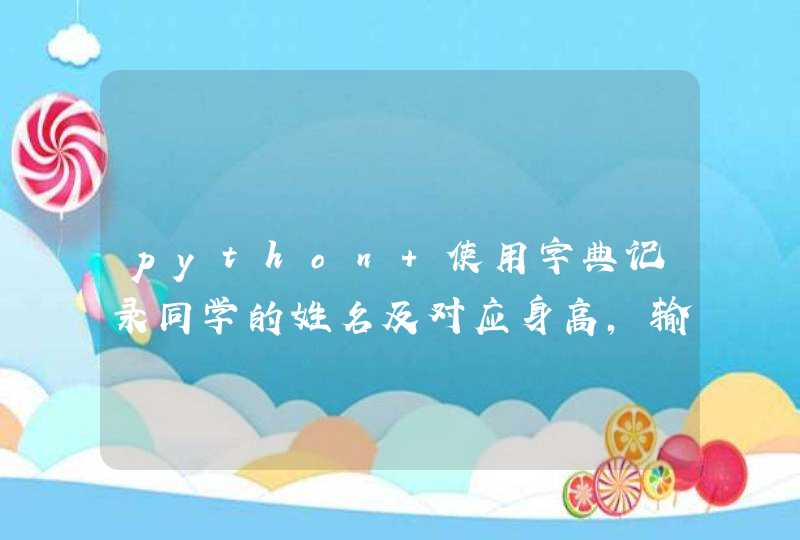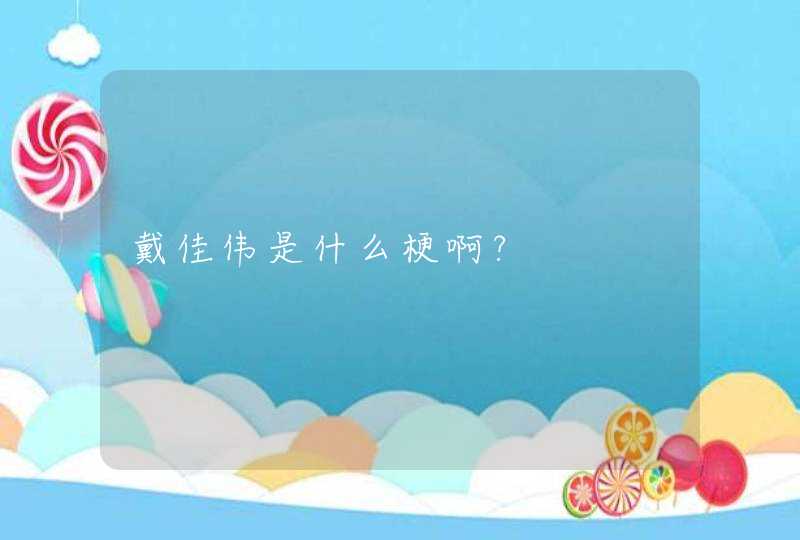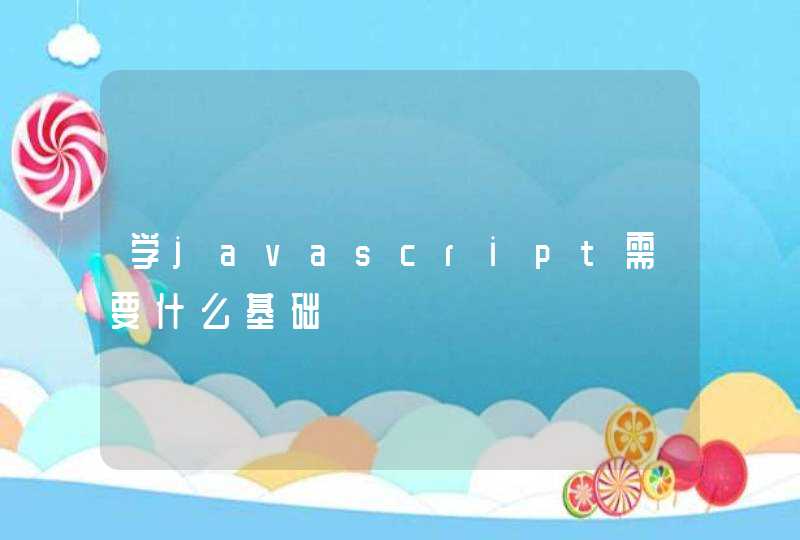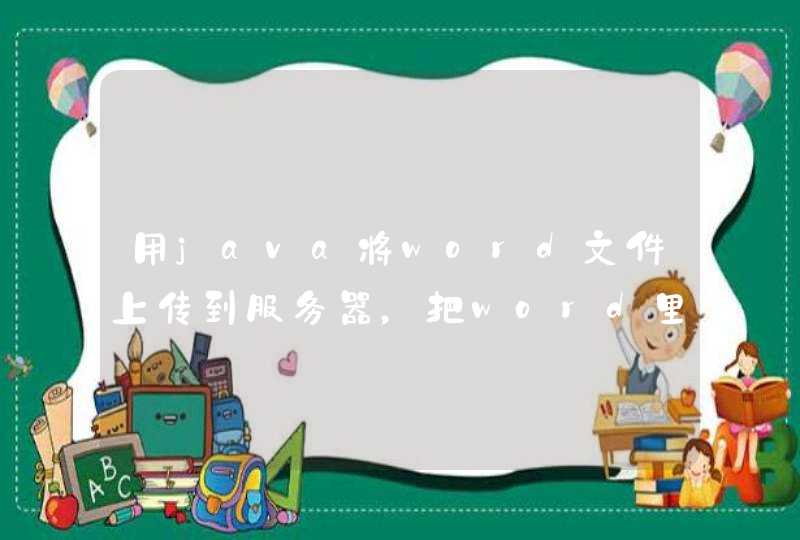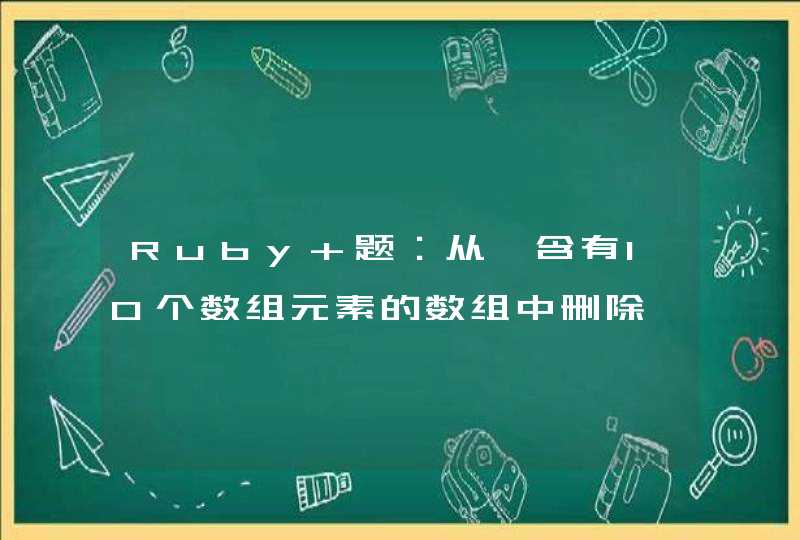
1、短连接又称为轮询,方式为pull。客户端定时向服务器发送请求,询问是否有数据,时间频次可以设置。这种的方式更适合web端使用,用在APP有很多弊端。
2、长连接方式为push,服务器主动向客户端发送数据。市面上移动端产品基本采用这种方式,但是ios和android系统有很大的区别。不论手机上安装了多少个APP,也只有一条长连接,消息最终由苹果服务器进行内置分发。即使用户关闭了APP,依然可以收到消息推送。
实现系统消息推送,就需要比较好的第三方软件就行辅助,极光就是一个不错的选择。极光JPush 是经过考验的大规模 App 推送平台,每天推送消息量级为数百亿条。JPush 提供可视化的 web 端控制台发送通知,统计分析推送效果。 JPush 全面支持 Android, iOS, Winphone 三大手机平台。
import java.io.InputStreamimport java.util.List
import com.dbay.apns4j.IApnsService
import com.dbay.apns4j.impl.ApnsServiceImpl
import com.dbay.apns4j.model.ApnsConfig
import com.dbay.apns4j.model.Feedback
import com.dbay.apns4j.model.Payload
/**
* @author RamosLi
*
*/
public class Apns4jDemo {
private static IApnsService apnsService
private static IApnsService getApnsService() {
if (apnsService == null) {
ApnsConfig config = new ApnsConfig()
InputStream is = Apns4jDemo.class.getClassLoader().getResourceAsStream("Certificate.p12")
config.setKeyStore(is)
config.setDevEnv(false)
config.setPassword("123123")
config.setPoolSize(5)
apnsService = ApnsServiceImpl.createInstance(config)
}
return apnsService
}
public static void main(String[] args) {
IApnsService service = getApnsService()
// send notification
String token = "94c4764e4645f42a7b2052692c8b5b41f9d5c925876e11fec5721e9045ee4e5b"
Payload payload = new Payload()
payload.setAlert("How are you?")
// If this property is absent, the badge is not changed. To remove the badge, set the value of this property to 0
payload.setBadge(1)
// set sound null, the music won't be played
// payload.setSound(null)
payload.setSound("msg.mp3")
payload.addParam("uid", 123456)
payload.addParam("type", 12)
service.sendNotification(token, payload)
// payload, use loc string
Payload payload2 = new Payload()
payload2.setBadge(1)
payload2.setAlertLocKey("GAME_PLAY_REQUEST_FORMAT")
payload2.setAlertLocArgs(new String[]{"Jenna", "Frank"})
service.sendNotification(token, payload2)
// get feedback
List<Feedback>list = service.getFeedbacks()
if (list != null &&list.size() >0) {
for (Feedback feedback : list) {
System.out.println(feedback.getDate() + " " + feedback.getToken())
}
}
try {
// sleep 5s.
Thread.sleep(5000)
} catch (Exception e) {
e.printStackTrace()
}
// It's a good habit to shutdown what you never use
service.shutdown()
// System.exit(0)
}
}
包含推送功能、苹果的feedback功能,很是实用方便。
对于源码,我整理成了工程,下载地址为:http://download.csdn.net/detail/linyu19872008/6934361
原创作品,可以转载,但是请标注出处地址http://www.cnblogs.com/V1haoge/p/6439313.html
Java后台实现极光推送有两种方式,一种是使用极光推送官方提供的推送请求API:https://api.jpush.cn/v3/push,另一种则是使用官方提供的第三方Java SDK,这里先进行第一种方式推送的实现代码:
import org.apache.http.HttpResponseimport org.apache.http.client.HttpClient
import org.apache.http.client.methods.HttpPost
import org.apache.http.entity.StringEntity
import org.apache.http.impl.client.DefaultHttpClient
import org.apache.http.util.EntityUtils
import org.slf4j.Logger
import org.slf4j.LoggerFactory
import com.alibaba.fastjson.JSONArray
import net.sf.json.JSONObject
import sun.misc.BASE64Encoder
/**
* java后台极光推送方式一:使用Http API
* 此种方式需要自定义http请求发送客户端:HttpClient
*/
@SuppressWarnings({ "deprecation", "restriction" })
public class JiguangPush {
private static final Logger log = LoggerFactory.getLogger(JiguangPush.class)
private String masterSecret = "xxxxxxxxxxxxxxxxxxxx"
private String appKey = "xxxxxxxxxxxxxxxxxxx"
private String pushUrl = "https://api.jpush.cn/v3/push"
private boolean apns_production = true
private int time_to_live = 86400
private static final String ALERT = "推送信息"
/**
* 极光推送
*/
public void jiguangPush(){
String alias = "123456"//声明别名
try{
String result = push(pushUrl,alias,ALERT,appKey,masterSecret,apns_production,time_to_live)
JSONObject resData = JSONObject.fromObject(result)
if(resData.containsKey("error")){
log.info("针对别名为" + alias + "的信息推送失败!")
JSONObject error = JSONObject.fromObject(resData.get("error"))
log.info("错误信息为:" + error.get("message").toString())
}
log.info("针对别名为" + alias + "的信息推送成功!")
}catch(Exception e){
log.error("针对别名为" + alias + "的信息推送失败!",e)
}
}
/**
* 组装极光推送专用json串
* @param alias
* @param alert
* @return json
*/
public static JSONObject generateJson(String alias,String alert,boolean apns_production,int time_to_live){
JSONObject json = new JSONObject()
JSONArray platform = new JSONArray()//平台
platform.add("android")
platform.add("ios")
JSONObject audience = new JSONObject()//推送目标
JSONArray alias1 = new JSONArray()
alias1.add(alias)
audience.put("alias", alias1)
JSONObject notification = new JSONObject()//通知内容
JSONObject android = new JSONObject()//android通知内容
android.put("alert", alert)
android.put("builder_id", 1)
JSONObject android_extras = new JSONObject()//android额外参数
android_extras.put("type", "infomation")
android.put("extras", android_extras)
JSONObject ios = new JSONObject()//ios通知内容
ios.put("alert", alert)
ios.put("sound", "default")
ios.put("badge", "+1")
JSONObject ios_extras = new JSONObject()//ios额外参数
ios_extras.put("type", "infomation")
ios.put("extras", ios_extras)
notification.put("android", android)
notification.put("ios", ios)
JSONObject options = new JSONObject()//设置参数
options.put("time_to_live", Integer.valueOf(time_to_live))
options.put("apns_production", apns_production)
json.put("platform", platform)
json.put("audience", audience)
json.put("notification", notification)
json.put("options", options)
return json
}
/**
* 推送方法-调用极光API
* @param reqUrl
* @param alias
* @param alert
* @return result
*/
public static String push(String reqUrl,String alias,String alert,String appKey,String masterSecret,boolean apns_production,int time_to_live){
String base64_auth_string = encryptBASE64(appKey + ":" + masterSecret)
String authorization = "Basic " + base64_auth_string
return sendPostRequest(reqUrl,generateJson(alias,alert,apns_production,time_to_live).toString(),"UTF-8",authorization)
}
/**
* 发送Post请求(json格式)
* @param reqURL
* @param data
* @param encodeCharset
* @param authorization
* @return result
*/
@SuppressWarnings({ "resource" })
public static String sendPostRequest(String reqURL, String data, String encodeCharset,String authorization){
HttpPost httpPost = new HttpPost(reqURL)
HttpClient client = new DefaultHttpClient()
HttpResponse response = null
String result = ""
try {
StringEntity entity = new StringEntity(data, encodeCharset)
entity.setContentType("application/json")
httpPost.setEntity(entity)
httpPost.setHeader("Authorization",authorization.trim())
response = client.execute(httpPost)
result = EntityUtils.toString(response.getEntity(), encodeCharset)
} catch (Exception e) {
log.error("请求通信[" + reqURL + "]时偶遇异常,堆栈轨迹如下", e)
}finally{
client.getConnectionManager().shutdown()
}
return result
}
/**
* BASE64加密工具
*/
public static String encryptBASE64(String str) {
byte[] key = str.getBytes()
BASE64Encoder base64Encoder = new BASE64Encoder()
String strs = base64Encoder.encodeBuffer(key)
return strs
}
}
以上代码中使用的是第一种方式实现推送,下面介绍第二种方式:使用java SDK
import org.slf4j.Loggerimport org.slf4j.LoggerFactory
import cn.jiguang.common.ClientConfig
import cn.jiguang.common.resp.APIConnectionException
import cn.jiguang.common.resp.APIRequestException
import cn.jpush.api.JPushClient
import cn.jpush.api.push.PushResult
import cn.jpush.api.push.model.Options
import cn.jpush.api.push.model.Platform
import cn.jpush.api.push.model.PushPayload
import cn.jpush.api.push.model.audience.Audience
import cn.jpush.api.push.model.notification.AndroidNotification
import cn.jpush.api.push.model.notification.IosNotification
import cn.jpush.api.push.model.notification.Notification
/**
* java后台极光推送方式二:使用Java SDK
*/
@SuppressWarnings({ "deprecation", "restriction" })
public class JiguangPush {
private static final Logger log = LoggerFactory.getLogger(JiguangPush.class)
private static String masterSecret = "xxxxxxxxxxxxxxxxx"
private static String appKey = "xxxxxxxxxxxxxxxx"
private static final String ALERT = "推送信息"
/**
* 极光推送
*/
public void jiguangPush(){
String alias = "123456"//声明别名
log.info("对别名" + alias + "的用户推送信息")
PushResult result = push(String.valueOf(alias),ALERT)
if(result != null && result.isResultOK()){
log.info("针对别名" + alias + "的信息推送成功!")
}else{
log.info("针对别名" + alias + "的信息推送失败!")
}
}
/**
* 生成极光推送对象PushPayload(采用java SDK)
* @param alias
* @param alert
* @return PushPayload
*/
public static PushPayload buildPushObject_android_ios_alias_alert(String alias,String alert){
return PushPayload.newBuilder()
.setPlatform(Platform.android_ios())
.setAudience(Audience.alias(alias))
.setNotification(Notification.newBuilder()
.addPlatformNotification(AndroidNotification.newBuilder()
.addExtra("type", "infomation")
.setAlert(alert)
.build())
.addPlatformNotification(IosNotification.newBuilder()
.addExtra("type", "infomation")
.setAlert(alert)
.build())
.build())
.setOptions(Options.newBuilder()
.setApnsProduction(false)//true-推送生产环境 false-推送开发环境(测试使用参数)
.setTimeToLive(90)//消息在JPush服务器的失效时间(测试使用参数)
.build())
.build()
}
/**
* 极光推送方法(采用java SDK)
* @param alias
* @param alert
* @return PushResult
*/
public static PushResult push(String alias,String alert){
ClientConfig clientConfig = ClientConfig.getInstance()
JPushClient jpushClient = new JPushClient(masterSecret, appKey, null, clientConfig)
PushPayload payload = buildPushObject_android_ios_alias_alert(alias,alert)
try {
return jpushClient.sendPush(payload)
} catch (APIConnectionException e) {
log.error("Connection error. Should retry later. ", e)
return null
} catch (APIRequestException e) {
log.error("Error response from JPush server. Should review and fix it. ", e)
log.info("HTTP Status: " + e.getStatus())
log.info("Error Code: " + e.getErrorCode())
log.info("Error Message: " + e.getErrorMessage())
log.info("Msg ID: " + e.getMsgId())
return null
}
}
}
可以看出使用Java SDK实现推送的方式很简单,代码量也少,理解起来也不难,官方提供的SDK中讲很多内容都实现了,我们只是需要配置一下信息,然后发起推送即可。需要注意的是使用第二种方式,需要导入极光官网提供的jar包。
直接在maven中的pom文件中加入:
<dependency><groupId>cn.jpush.api</groupId>
<artifactId>jpush-client</artifactId>
<version>3.2.15</version>
</dependency> 注意:在这里极有可能会出现jar包冲突:具体哪个包我也忘记了,好像是个日志包,你找到后删除即可。
原本我们项目中也是采用第二种方式实现的,但是最后在提交代码时发现一个问题,那就是虽然我们只是带入了官网提供的那三个jar包,但是最后一统计,竟然无缘无故增多了80+个jar包,如此多的jar包提交过于臃肿,而且不现实,所以才临时改变方案,采用第一种方式进行编码。
代码中采用的是别名方式进行推送,需要在在手机APP端进行别名设置,最好就是在用户登录之后就设置好,这样只要用户登录一次,它的绑定别名就可以保存到极光服务器,而我们推送时,指定这个别名,就能将信息推送到对应用户的手机上。
其实我们发起推送请求,只是将信息发送到了极光服务器之上,这个信息有一个保存时限,默认一天,只要用户登录手机APP,极光服务器就会将信息自动推送到对应别名的手机上,由此可见,信息并非由我们后天直接推送到手机,而是通过极光服务器这个中转站,而这正式极光的工作。
注意:这里告知一个技巧,这个别名设置的时候,其实直接将用户ID设置为别名即可,既方便,又安全,不用再去想办法生成一个唯一的串来进行标识,甚至需要在后台数据库中用户表中新增字段。


